A Shade Better: Finding Makeup for Dark Skin
Baze Mpinja's efforts to find makeup for her dark skin were frustrating. But now, beauty giants are finally thinking outside the beige
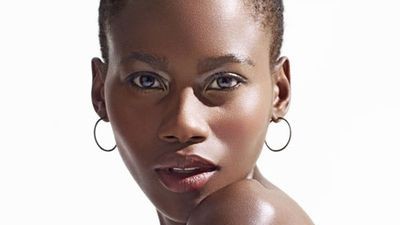

A few years ago, as a beauty editor, I attended a major cosmetics brand's launch of new face powders. Sitting at the presentation, I was shocked to hear the rep-resentative explain that the line was for women of all skin tones, yet I could see it came in only three shades: fair, light/medium, and medium. As she spoke, she avoided looking at me and my darker-than-medium skin. Finally, a colleague jumped in and asked what darker women were supposed to use. She didn't have an answer. It was awkward. I felt confused and angry, just like I did in high school when I watched my lighter-skinned friends buy makeup, while I was left empty-handed.
The presentation happened not long ago, in 2011, but it could easily have been in the 1970s, when women with medium or dark brown skin had even fewer options. My friend's mother, Patricia Goodson, a 60-year-old former model, remembers what it was like: "When I was in my 20s, there wasn't foundation for me to buy. I could shop for mascara, eyeliner, and lipstick, but that was it." Over the years, shade ranges have increased, but as recently as 2012, the options have been limited.
Now things are changing. The U.S. Census Bureau projects that people of color will make up half of the population by 2050. And the number of Americans of mixed race grew 32 percent between 2000 and 2010. That makes for a multitude of new skin tones, and cosmetic makers are going to have to expand their offerings to keep up with women's needs.
For example, Giorgio Armani Cosmetics recently stepped up the game with their Maestro Fusion Makeup, which utilizes an innovative transparent filler technology that allows it to disappear into all skin tones. Last year, L'Oréal Paris added nine medium and dark shades to its True Match Super Blendable Makeup line, bringing the total number of hues to 33, and niche companies that cater to skin of color, like Vasanti and Iman Cosmetics, continue to fill the void. (Iman's new BB cream comes in six shades.)
Even more good news: Retailers are making it easier to shop for makeup. In conjunction with Pantone Color IQ, Sephora just launched a tool that helps women find a foundation match from the 1,000-plus shade options the stores carry. The process is easy (and free): A Sephora beauty adviser uses a handheld spectrocolorimeter (a device that measures color spectrum) to snap images of the skin on your forehead, cheek, and neck. Based on the photos, your skin tone is assigned a Pantone number, and an iPad app compares the color to Sephora's library of shades and recommends the best products for your complexion. Color IQ is in select stores now, but it will be in all of the company's locations by 2014. Its creation confirms what I've always suspected: Women of all skin tones sometimes have a hard time finding makeup, period.
And finally, thanks to globalization, the demand for cosmetics has been exploding worldwide. So far this year, MAC Cosmetics has opened new stores in Zambia, Botswana, and Nigeria; L'Oréal has expanded distribution in East Africa, India, and the Middle East. Perhaps the makeup being developed for these new markets will also make its way to U.S. stores, where it can fill in the gaps between the fairest and the darkest women. It's about time.
Stay In The Know
Get exclusive access to fashion and beauty trends, hot-off-the-press celebrity news, and more.
Baze Mpinja has been working as a writer and editor for national print magazines, digital media outlets, and global beauty brands for nearly 15 years. A few of her other passions: books, bars and Brooklyn.
-
 'Ransom Canyon' May Give Texas the Small-Town Drama Treatment, But That's Not Where It Was Filmed
'Ransom Canyon' May Give Texas the Small-Town Drama Treatment, But That's Not Where It Was FilmedHere's what to know about the real-life ranches featured in the Netflix series.
By Quinci LeGardye
-
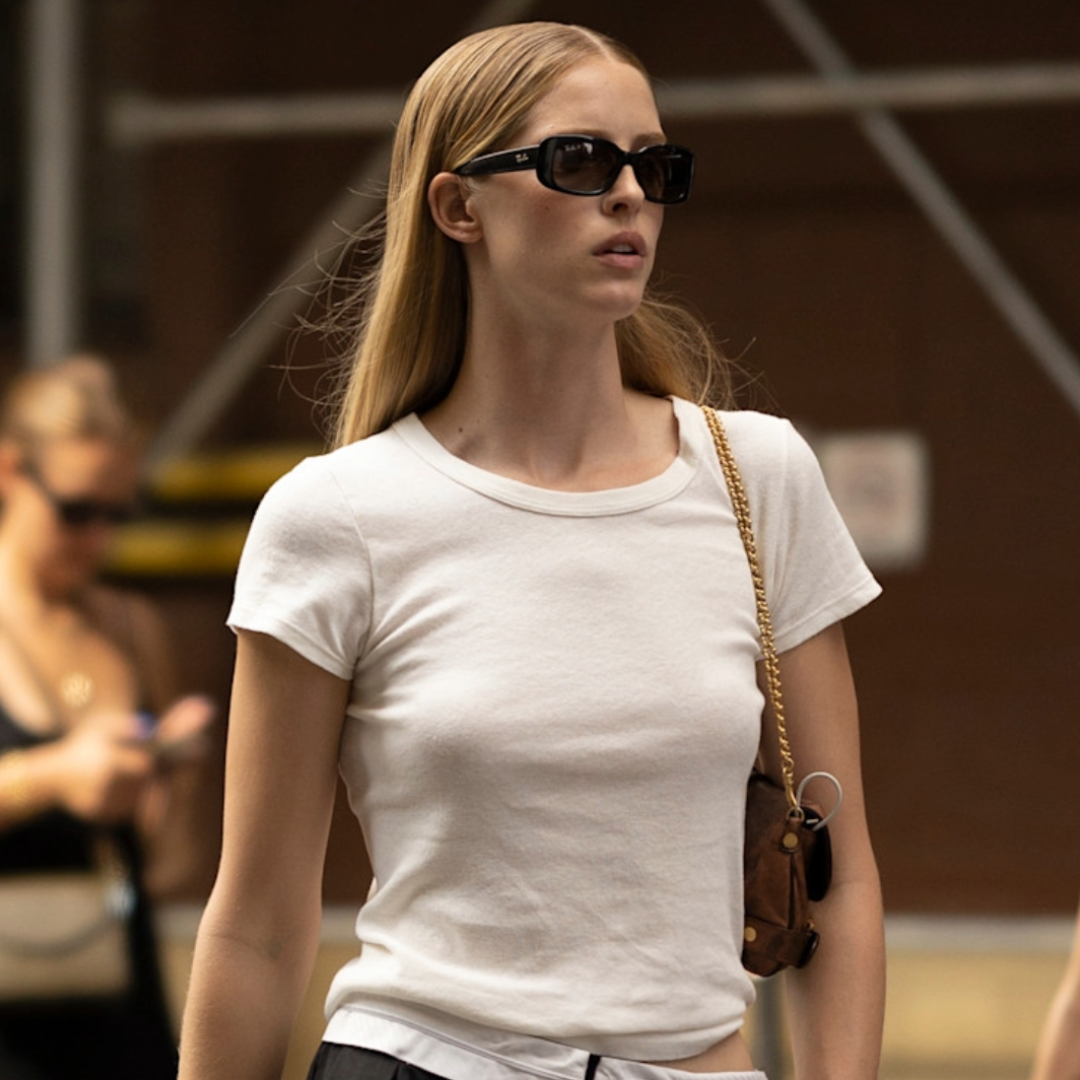 I Predict These 23 On-Sale Wardrobe Staples From Nordstrom Will Be Sold Out Next Week
I Predict These 23 On-Sale Wardrobe Staples From Nordstrom Will Be Sold Out Next Week23 Must-have shoes, tops, skirts, and more.
By Brooke Knappenberger
-
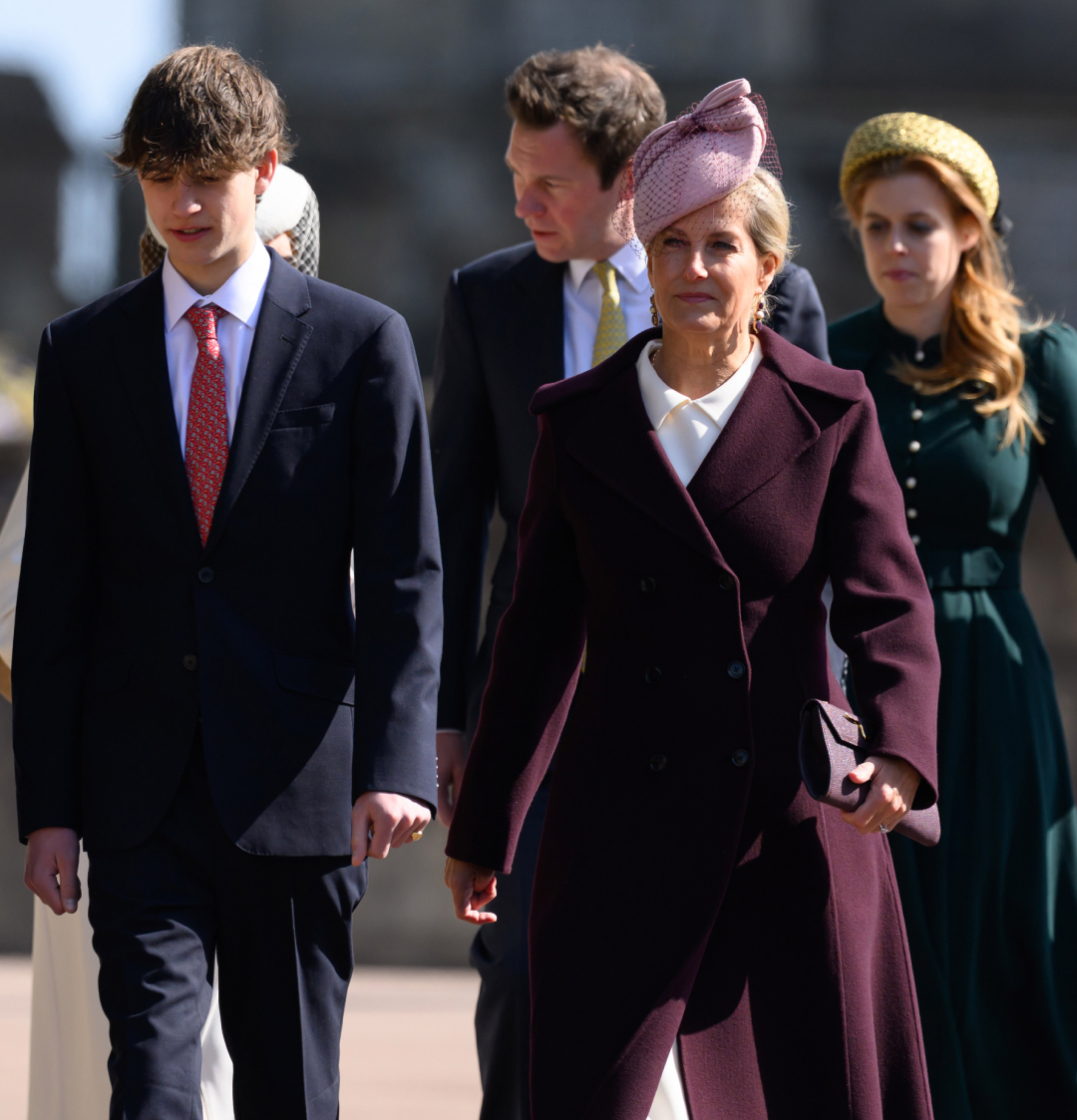 Fans Can't Stop Talking About This Rarely-Seen Royal After Easter Appearance
Fans Can't Stop Talking About This Rarely-Seen Royal After Easter AppearancePrince Edward and Duchess Sophie's son shocked royal watchers with his grown-up look on Easter.
By Kristin Contino
-
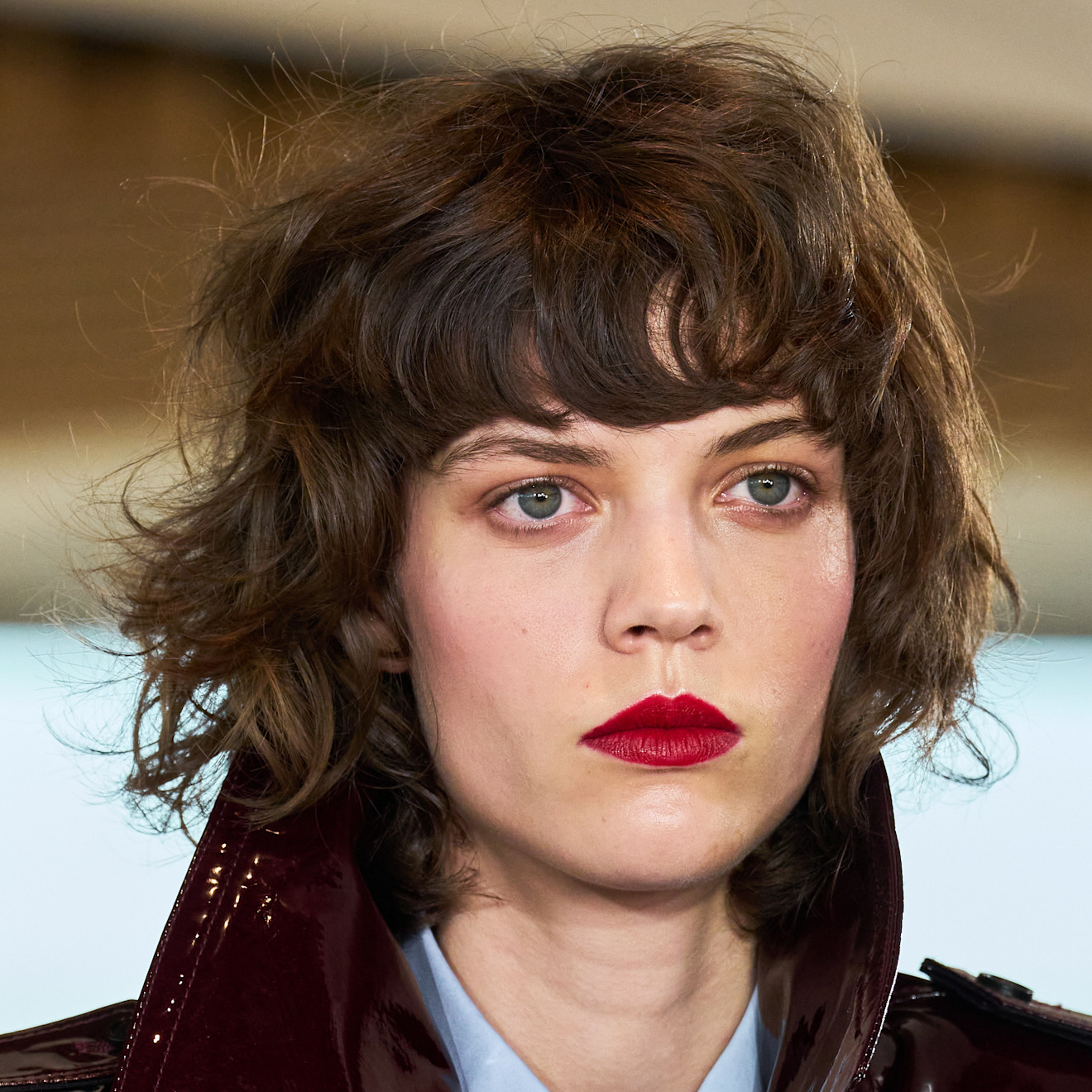 Meet 8 Editor-Vetted Blush Palettes That Basically Flirt for You
Meet 8 Editor-Vetted Blush Palettes That Basically Flirt for YouFor that just-got-caught-staring flush.
By Ariel Baker
-
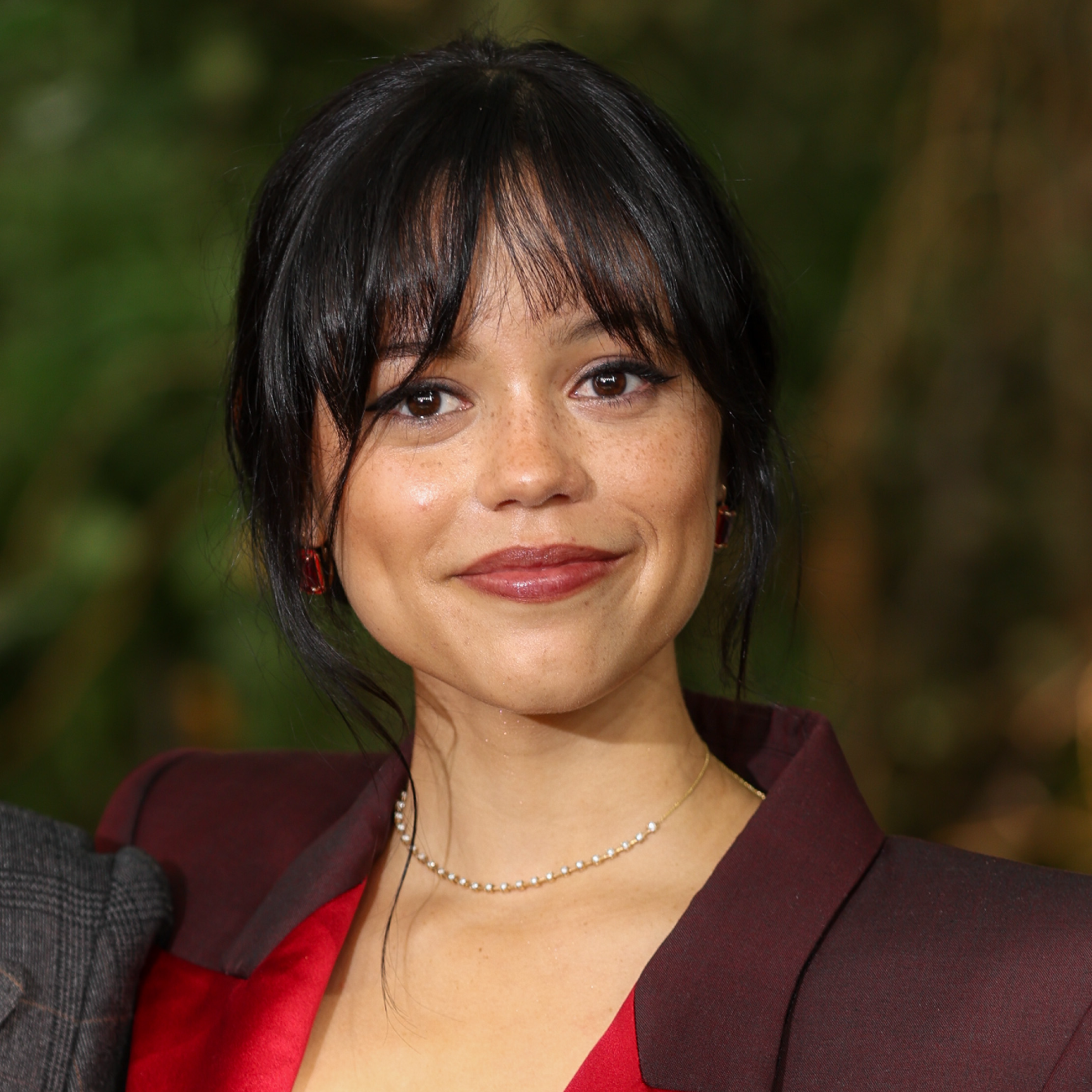 Jenna Ortega Does Grungy Glam Right With '90s-Inspired Hair and Makeup
Jenna Ortega Does Grungy Glam Right With '90s-Inspired Hair and MakeupThe actress was spotted in peak ‘90s-inspired glam.
By Ariel Baker
-
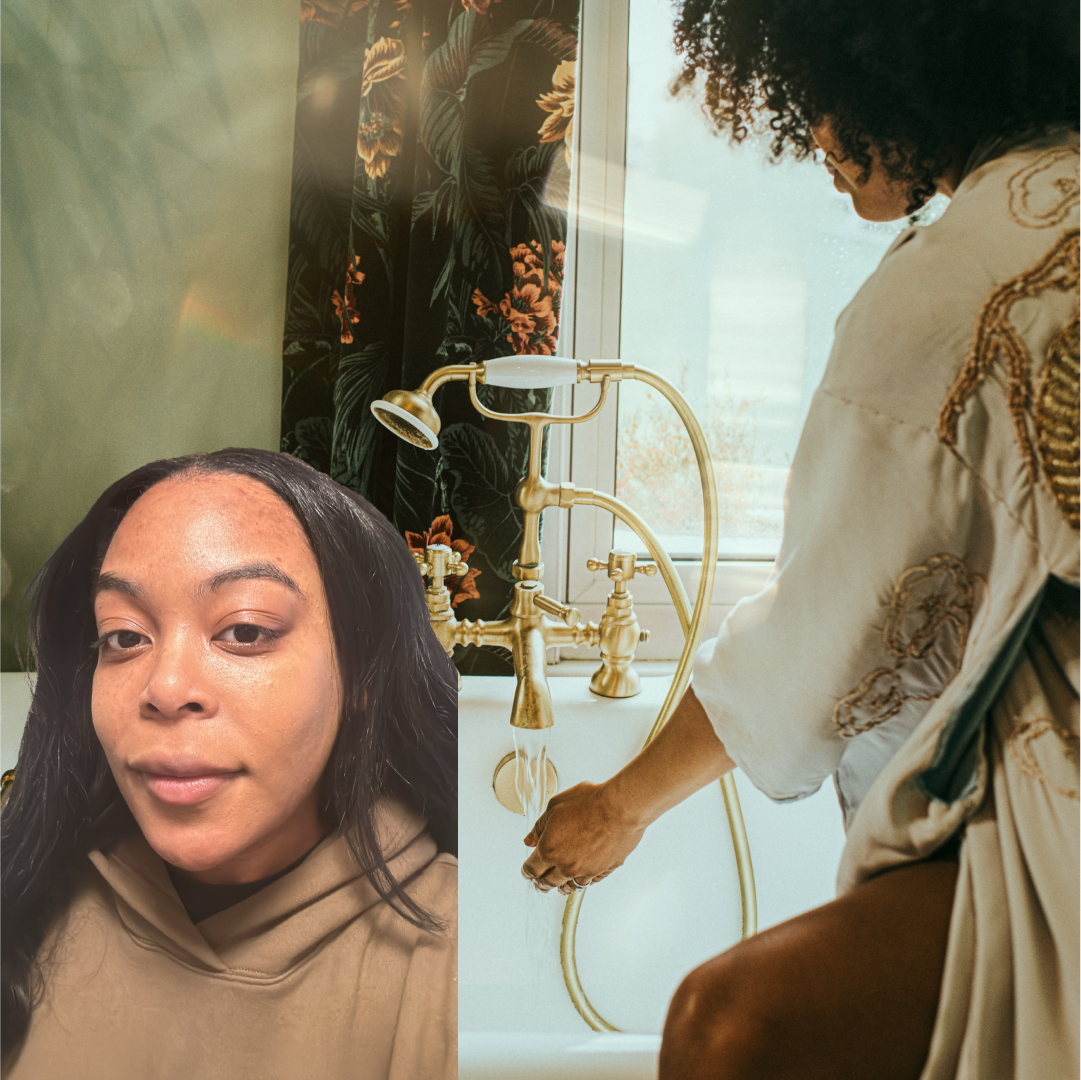 How a Beauty Writer Has Perfected Her Morning Routine For Acne-Prone Skin
How a Beauty Writer Has Perfected Her Morning Routine For Acne-Prone SkinKeep the texture and irritation at bay with these editor-vetted items.
By Ariel Baker
-
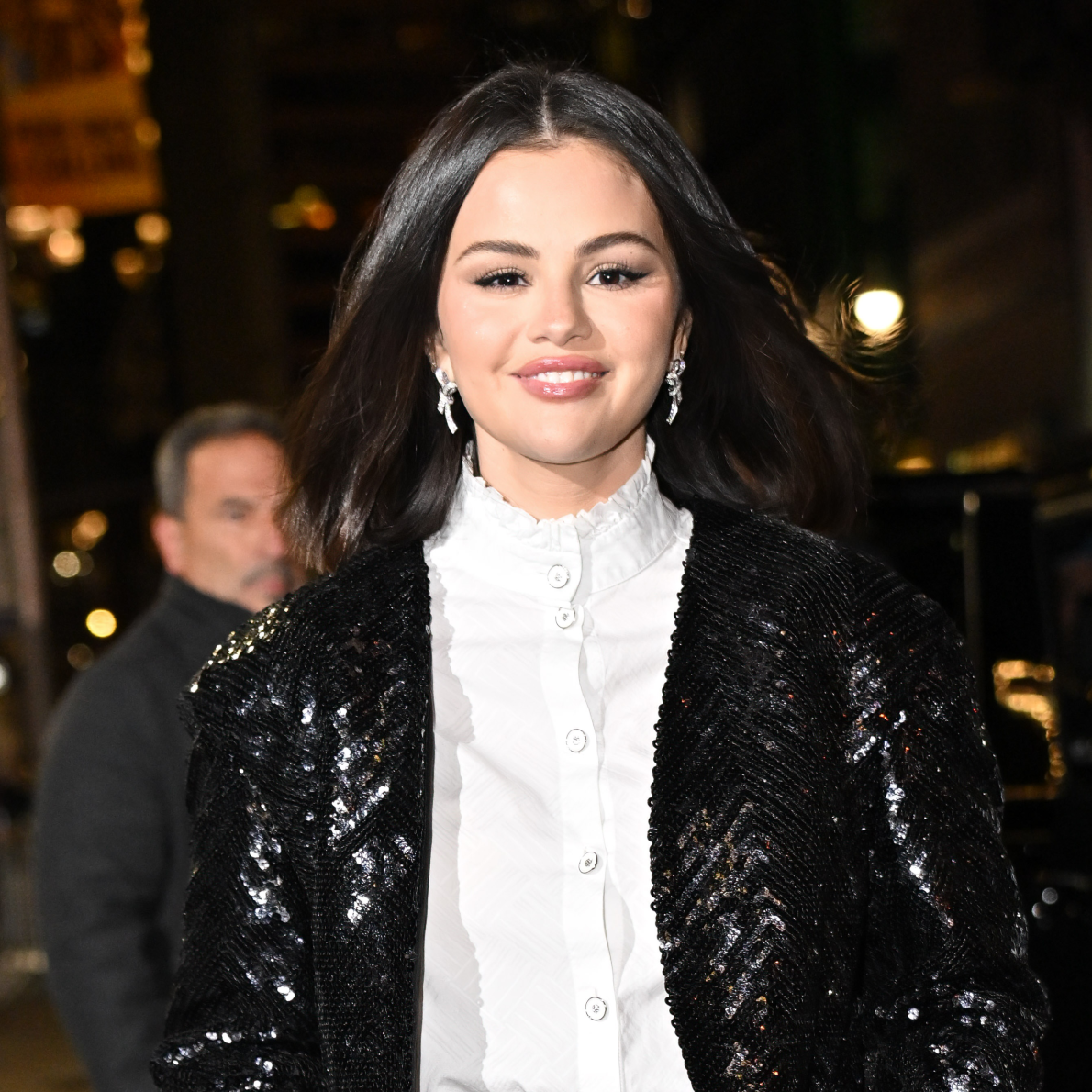 Selena Gomez Hosts a Master Class in Matching Your Red Blush and Red Lipstick to Your Outfit
Selena Gomez Hosts a Master Class in Matching Your Red Blush and Red Lipstick to Your OutfitThe star was spotted looking red hot in the streets of New York City.
By Ariel Baker
-
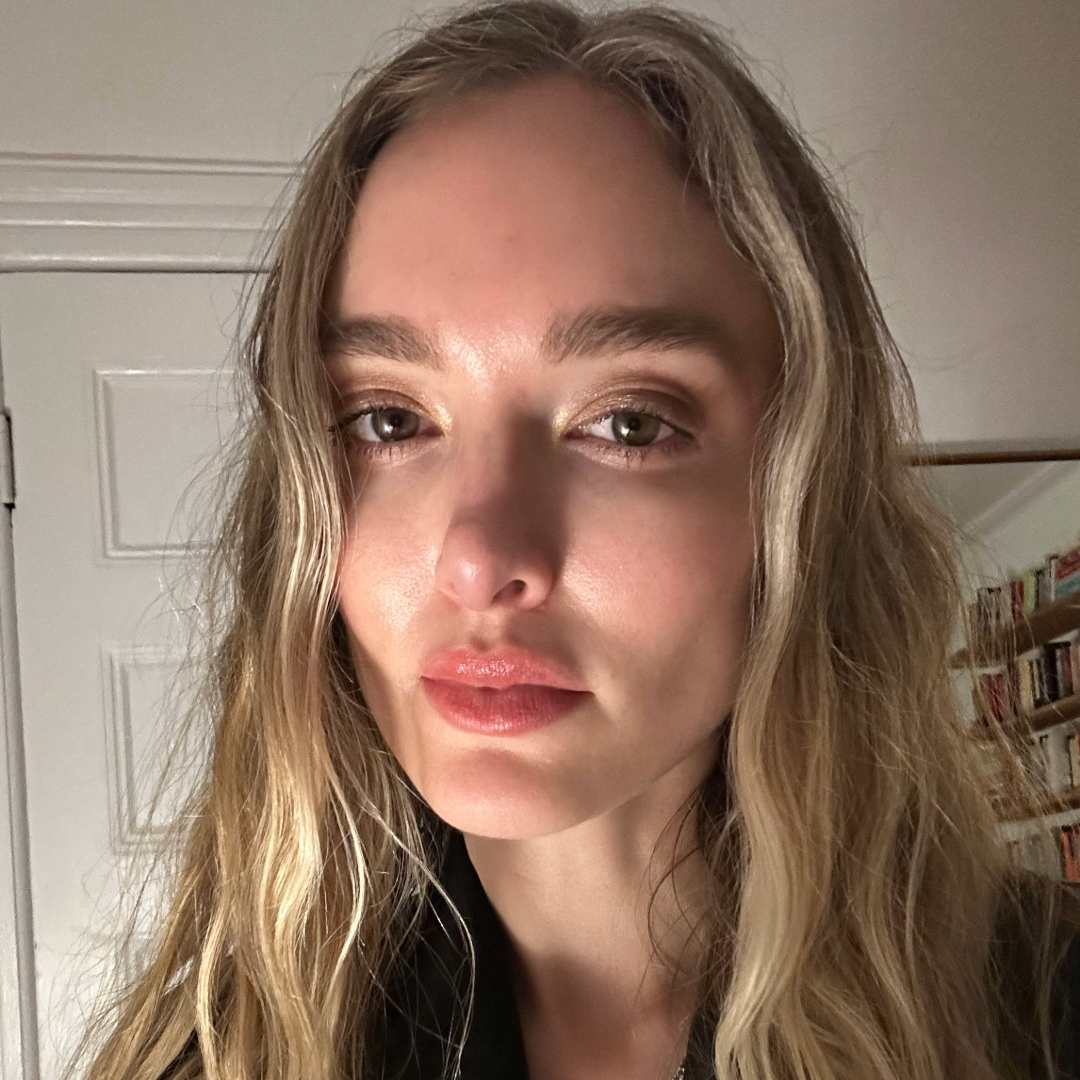 Presenting, Perfect Date Night Makeup for People Who Hate Makeup
Presenting, Perfect Date Night Makeup for People Who Hate MakeupFrom a beauty director who's learned all the workarounds.
By Hannah Baxter
-
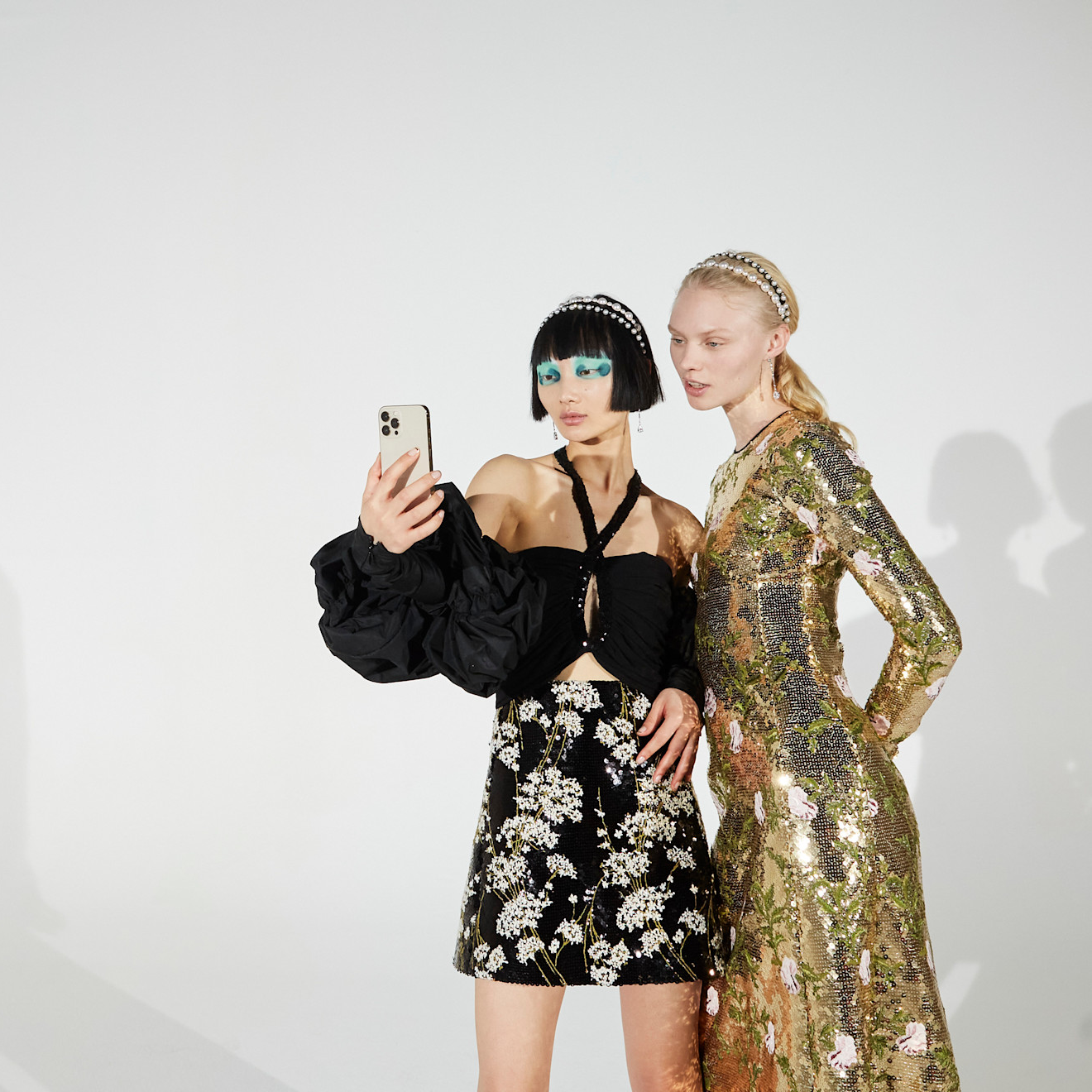 I Scoured Ulta’s 21 Days of Beauty Sale for Five Hours—Here's What I'm Shopping
I Scoured Ulta’s 21 Days of Beauty Sale for Five Hours—Here's What I'm ShoppingAdd to cart, ASAP.
By Ariel Baker
-
 Jenna Ortega’s New Burgundy Hair Has Me Ready for Season 2 of 'Wednesday'
Jenna Ortega’s New Burgundy Hair Has Me Ready for Season 2 of 'Wednesday'Wednesday Addams, is that you?
By Ariel Baker
-
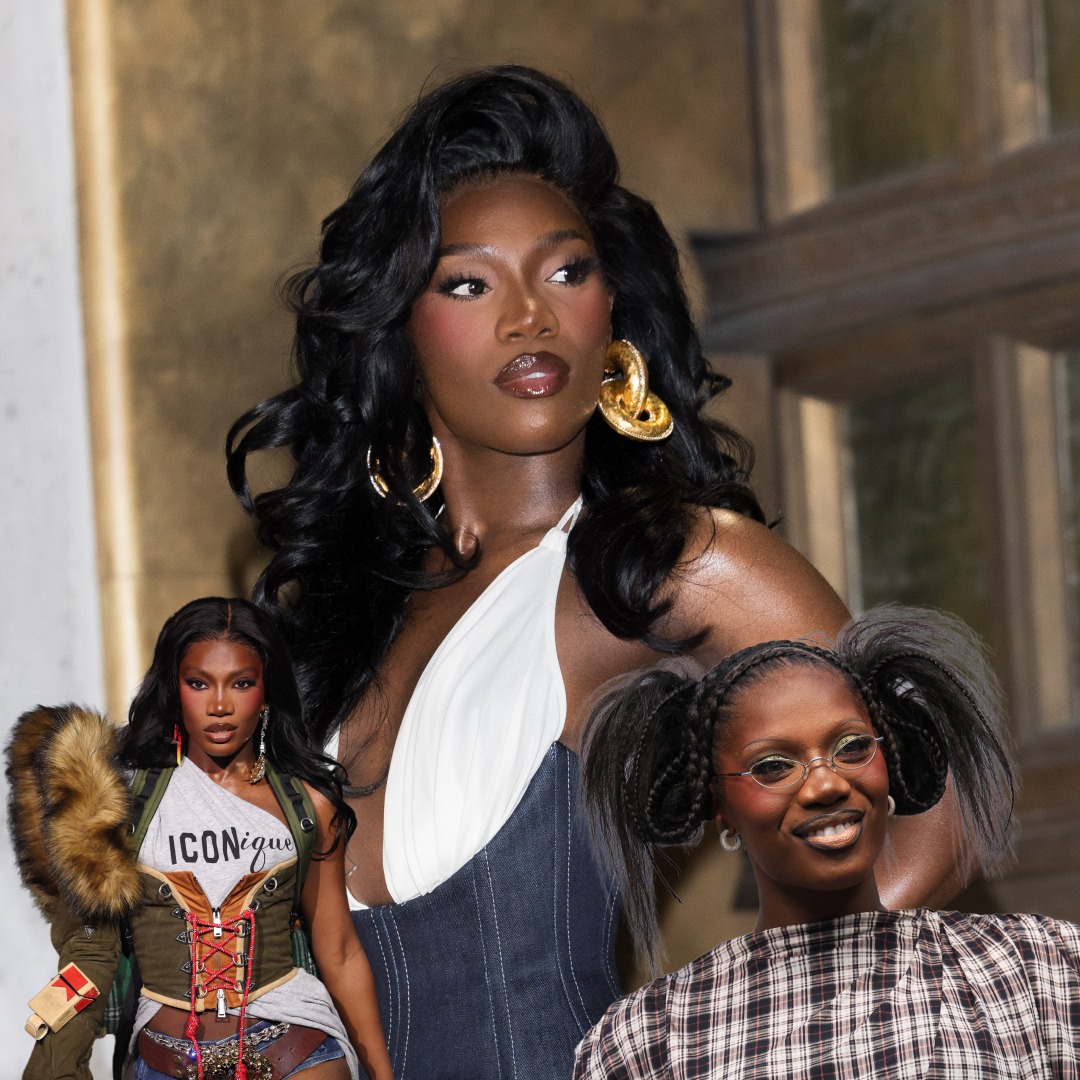 Doechii’s Best Paris Fashion Week Beauty Looks Deserve a Standing Ovation
Doechii’s Best Paris Fashion Week Beauty Looks Deserve a Standing OvationThe Grammy winner cemented her place as a beauty and fashion icon.
By Ariel Baker